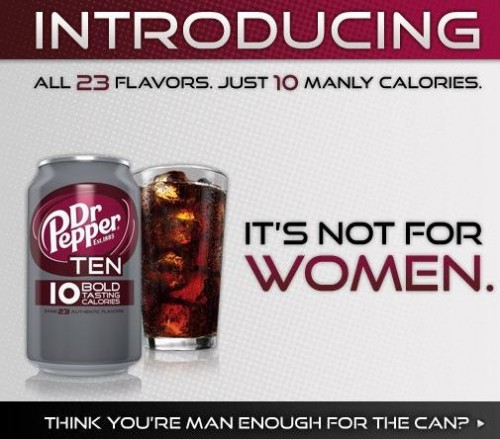OccupyWallStreet has given rise to Occupy actions all over the United States and other countries as well. One of the many slogans of this growing grassroots movement is “We are the 99%.” This is a powerful slogan—highlighting the ways in which our current system serves the interests of a very small number of people. Case in point: the top 1% of income earners captured 65% of all the growth in income over the period 2002 to 2007.
Before this movement, there was another movement of 99ers. Those were the unemployed facing life without a job and without any unemployment benefits. Their ranks are about to grow again. According to the Wall Street Journal, some 2.2 million people currently receiving unemployment benefits will lose them by Feb. 11, 2012 if Congress doesn’t renew our expanded unemployment benefits programs before the end of the year.

Here is some background on the two programs slated to end, the federal Emergency Unemployment Compensation (EUC) program and the federal-state Extended Benefits (EB) program. Workers in all states are typically eligible to receive up to 26 weeks of Unemployed Insurance (UI) benefits from the regular state-funded unemployment compensation program. Workers in any state who exhausted their UI benefits became eligible for up to 34 additional weeks of benefits thanks to the EUC program. That number went up to 53 weeks in states that had especially high unemployment rates (see chart below). Workers who exhausted their UI and EUC benefits were eligible for a maximum 20 additional weeks of coverage through the EB program if their state’s unemployment insurance laws allowed it.

So, depending on what state you live in and how bad the unemployment rate is, an unemployed person would receive the base 26 weeks, possibly an additional 53 weeks under the EUC program, and possibly a further 20 weeks under the EB program, for a maximum of 99 weeks. What is up for renewal now is not an extension of benefits beyond the 99 weeks, but continuation of the EUC and EB programs.
If Congress lets those programs expire, people who would have received benefits beyond the 26 week limit will lose them once they run though the weeks corresponding to the program that now provides them benefits. For example, workers receiving EUC benefits will not be eligible for EB benefits. And workers receiving UI benefits will not be eligible for EUC benefits. And of course all new unemployed will be limited to 26 weeks.
The assumption seems to be that there are jobs out there for the taking. In reality, people just cannot find work. Here are two charts from the Federal Reserve Bank of St. Louis that illustrate just how bad the job market has been for American workers. The first shows the percentage of unemployed who have been out of work for 27 weeks or more. The second shows the median duration of unemployment.


Here is what the Wall Street Journal has to say about recent and projected unemployment trends:
The number of Americans out of work for more than six months rose by 208,000 to 6.2 million in September, the Labor Department said last week. Some 44.6% of all of those who are unemployed have been sidelined for at least six months. Most of those individuals — nearly 4.4 million — have been out of work for at least a year.
In past recessions, unemployment extensions continued until the unemployment rate dropped below 7.5%. That’s a long way from the 9.1% rate recorded for September. Indeed, economists in the latest Wall Street Journal forecasting survey see the rate still elevated at 8.2% in December 2013.
So, why is Congress reluctant to renew our extended unemployment benefits programs, a renewal which doesn’t even help those that have gone through their 99 weeks? According to the Wall Street Journal:
The Congressional Budget Office estimates that it would cost around $44 billion to extend benefits through 2012. That makes it a tough sell in a Congress looking to trim deficits.
That’s right–$44 billion is just too much money to spend in a budget that includes close to a trillion dollars to fund the Pentagon, fight wars in Afghanistan and Iraq, and maintain costly and intrusive domestic security programs.
What can we do? The best response is to deepen our support for the Occupy America movement and force a change in priorities.
















